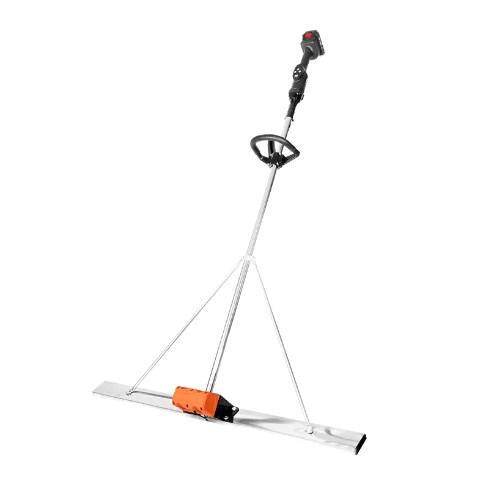In modern construction, the concrete leveling vibrator machine has become an indispensable tool for ensuring the flatness and strength of floors. Whether it's a new residential building, commercial center, or industrial plant, a solid and level foundation is key to the quality of the structure. This article will delve into the working principles, types, and applications of concrete leveling vibrator machines in construction.
Working Principle
The concrete leveling vibrator machine primarily works by vibrating to help compact the concrete, thereby increasing its strength and flatness. After the concrete is poured, the vibrator generates high-frequency vibrations that effectively remove air bubbles from the concrete, reducing internal voids and ensuring a more uniform distribution, ultimately achieving the desired level of flatness.
Types
Handheld Vibrators: Suitable for small areas or hard-to-reach spots. They offer flexibility but can cause operator fatigue with prolonged use.
Plate Vibrators: Commonly used in large construction sites. Driven by an electric motor, they can quickly level large areas with high efficiency and good results.
Self-Propelled Vibrators: Equipped with wheels, these vibrators can move autonomously on larger job sites, particularly suitable for large concrete floor projects. They reduce manual intervention and increase work efficiency.
Application Scenarios
Residential Construction: In areas like basements and garages where high flatness is required, using a concrete leveling vibrator machine ensures a smooth and aesthetically pleasing floor.
Commercial Facilities: Places such as malls and exhibition halls require strong and flat floors to accommodate large crowds.
Industrial Buildings: Warehouses and factories have extremely high load-bearing requirements, and professional concrete leveling vibrator machines help enhance the load capacity and service life of the floor.

